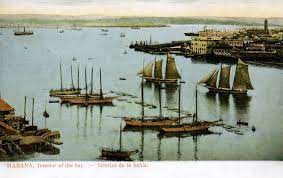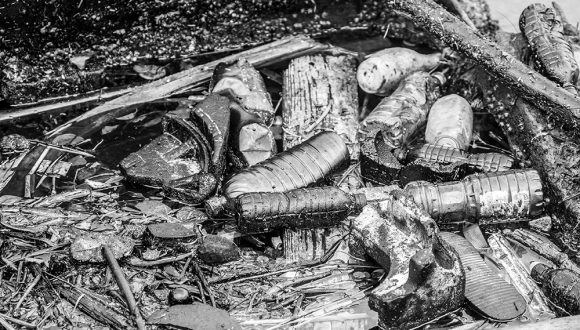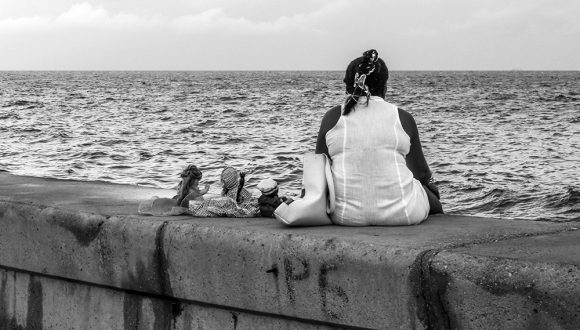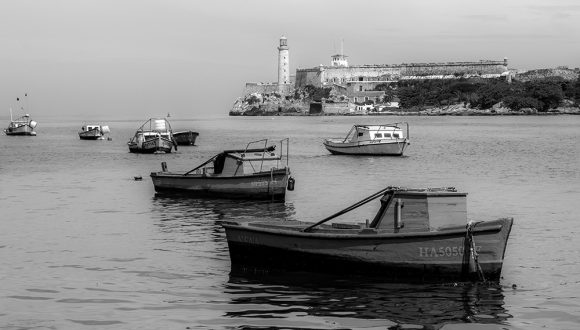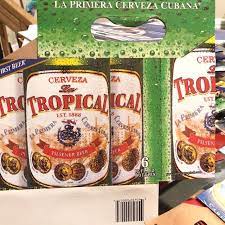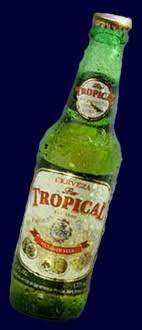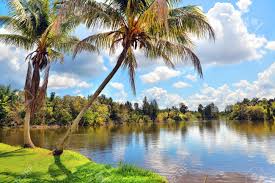RAQUEL BIGORRA, ACTRIZ, MODELO, ESCRITORA Y CANTANTE CUBANA. PHOTOS. VIDEOS.
Raquel Bigorra Pérez nace en la Habana el 15 de junio de 1974 y es una conductora, modelo, actriz, columnista, escritora y cantante cubana naturalizada mexicana.
Raquel Bigorra Pérez se inicia como modelo en a la edad de 14 años. En 1993, en Madrid, España, forma parte del coro del cantante cubano Alfredo Rodríguez, y trabaja como presentadora del programa Pasacalle en el canal UHF TeleMadrid.
Es graduada del Centro de Educación Artística (CEA) de Televisa y estudió la Licenciatura en Español y Literatura, en La Habana, Cuba.
RESUMEN DE SU CARRERA ARTISTICA…
En 1996, Raquel entra a formar parte del equipo de conductores de Ritmoson, canal de videos, entrevistas y música latina que se transmite por cablevisión. A lo largo de tres meses, Raquel presenta en la televisión mexicana las cápsulas de la Lotería Nacional en el Canal 2 de Televisa, así como diferentes programas especiales sobre música, en el mismo canal, como los festivales de Acapulco.
VIDEOS- RAQUEL BIGORRA CANTA “Y NO ME IMPORTA”…
Después, en canal 9 de Televisa conduce el programa de concursos «Todo se Vale». Ha hecho mancuerna con la dominicana Vielka Valenzuela, con quien realizó también una temporada como anfitriona de los telejuegos.
En el año 2003 participa como conductora del programa Nuestra Casa, al lado de Jorge “Coque” Muñiz, Carmen Muñoz y Claudia Lizaldi.
A finales de 2004, decide retomar su gusto por la música y graba el disco «Y no me importa», donde regala 10 canciones que fusionan el reggaeton con el pop y la cumbia, entre otros ritmos latinos. En el 2005 participa en el programa «Big Brother VIP».
Participa en el año 2006 en la segunda etapa de «Cantando por un Sueño», teniendo a Julio Preciado como su maestro y en la cual se lleva el primer lugar. Posteriormente en ese mismo año, participa como co-conductora del show «Bailando por la Boda de mis Sueños».
Conduce en el 2007 el programa de variedades «TV de Noche», en el Canal 4 de Televisa, junto con Jorge «Coque» Muñiz y Andrea García.
En el año 2008, promociona el disco «Para que sufras». En un segundo acercamiento al público como intérprete tras su álbum debut «Y no me importa». “Para que Sufras”, un disco en el que hace un homenaje a las divas cubanas Moraima Secada, Omara Portuondo, La Lupe y Celeste Mendoza, interpretando las melodías de dolor y contra los hombres.
En octubre de 2010, se integra a las filas de Tv Azteca para formar parte del programa Justo a Tiempo, junto a Mauricio Barcelata. En ese mismo año se integró como conductora principal al programa «Venga la alegría» teniendo este los más altos niveles de audiencia durante los 4 años que Raquel estuvo al frente de dicha emisión.
En el 2011 realiza el programa de concursos «Reina por un día» siendo este el primer programa en el cual la conductora fue la única y estelar presentadora. Posteriormente el programa cambio al formato de Talk Show llamado «El show de Raquel». También, en este mismo año realizó el programa de «Yo me quiero casar y tu? «. El 30 de abril de 2011 comenzó la transmisión del programa «Lotería Mexicana» conducido por Raquel y Mauricio Mancera.
En el 2013 Se integra al equipo de columnista del diario Basta. Realizando hasta hoy en día 3 columnas que aparecen los martes, miércoles y viernes. En este mismo año participó como conductora del programa «México baila» junto a Rafael Araneda.
REGRESA A LA PANTALLA…
El 30 de mayo de 2015 regresa nuevamente a la televisión mexicana con el programa Raquel y Daniel compartiendo la conducción y producción con Daniel Bisogno, sin embargo salió del aire el 31 de octubre de 2015, debido a la crisis económica por la que atraviesa actualmente TV Azteca. En noviembre de 2015 la conductora vuelve a ser firmada por Tv Azteca por 5 años más de Exclusividad.
El 25 de Julio de 2016 vuelve con un nuevo programa titulado «Las Tardes con la Bigorra» por la pantalla de Tv Azteca donde nuevamente la podremos disfrutar como única y conductora estelar.
El 5 de febrero de 2017 Raquel Bigorra mediante las redes sociales anuncia sorpresivamente que su programa finalizaría el día 10 de febrero. El 15 de mayo del presente año se integró al programa de Cocineros Mexicanos transmitido por Azteca Trece. El 22 de mayo se integró al programa Cuídate de la cámara transmitido por Canal Sony, Canal E! Entertainment Television y Telemundo.
Durante el 2019-2020 fue conductora de Tu Casa TV. En la cadena Televisiva MVS.
En el 2021 la conductora regresa a Televisa, después de 10 años y es Conductora del programa + Noche transmitido por Unicable y por el Canal de las Estrellas
VIDA PERSONAL
En 1991, con tan solo 17 años, Raquel inició como modelo profesional en su país natal con la ayuda de su madre. En este año, conoció a Jonathan Knott, un diplomático inglés que estaba comisionado en Cuba, con quien no dudó en iniciar un romance. En 1996 Raquel contrajo nupcias con él en Oxford.
En 1997 Raquel se enfrentó a uno de los golpes más fuertes de su vida, pues fallece su mamá por una insuficiencia renal, por lo que consiguió un permiso humanitario para que pudiera viajar a Cuba para darle el último adiós a su progenitora; sin embargo, no le fue posible entrar a su tierra natal.
En 2000 viviendo ya en la ciudad de México, su esposo Jonathan que era diplomático, recibe la oportunidad de mudarse París, motivo que propició a que Bigorra decidiera separarse definitivamente de su marido, luego de cuatro años de casados.
Luego de una profunda depresión por su divorcio, en 2002 Raquel Bigorra conoció a Osamu Menéndez, un músico cubano, quien le produjo su primer material discográfico. Finalmente el 9 de agosto de 2003 se casó con él, pese al desacuerdo de ambas familias. El músico jamás fue bien visto por la Familia de la Conductora causando un gran distanciamiento de la conductora con su Padre.
Tres años después, Bigorra hizo oficial su separación con Osamu, argumentando diferencias laborales y distancia, ya que mientras Raquel estaba en México, Osamu trabajaba en Cuba. Y es que la carrera de la conductora cada vez iba más en ascenso situación que al músico ya no le parecía, pues el hasta el día de hoy mantiene un muy bajo perfil.
Fue Hasta en el 2010 que el amor volvió a tocar la puerta de Raquel, pues es en este año cuando se hace novia de Alejandro Gavira, quien más adelante sería su esposo. El 7 de enero de 2015 se convirtieron en padres de una niña a cual nombraron Rafaella.
RAQUEL BIGORRA, IS A CUBAN ACTRESS, MODEL, WRITER, AND SINGER. PHOTOS. VIDEOS.
Raquel Bigorra Pérez was born in Havana on June 15, 1974, and is a Cuban-born Mexican naturalized host, model, actress, columnist, writer, and singer.
Raquel Bigorra Pérez began as a model there at the age of 14. In 1993, in Madrid, Spain, she is part of the choir of the Cuban singer Alfredo Rodríguez, and she works as a presenter of the Pasacalle program on the UHF TeleMadrid channel.
She is a graduate of Televisa’s Centro de Educación Artística (CEA) and studied Spanish and Literature in Havana, Cuba.
SUMMARY AND ARTISTIC CAREER…
In 1996, Raquel became part of the team of conductors of Ritmoson, a channel of videos, interviews, and Latin music that is broadcast on cablevisión. Throughout three months, Raquel presents the National Lottery capsules on Televisa Channel 2 on Mexican television, as well as different special music programs on the same channel, such as the Acapulco festivals.
Later, she hosts the game show “Todo se Vale” on channel 9 of Televisa. She has teamed up with the Dominican Vielka Valenzuela, with whom she also had a season as the host of telegames.
In 2003, she participated as host of the Nuestra Casa program, alongside Jorge “Coque” Muñiz, Carmen Muñoz, and Claudia Lizaldi.
At the end of 2004, she decides to resume her taste for music and records the album “Y no me importa”, where she gives away 10 songs that fuse reggaeton with pop and cumbia, among other Latin rhythms. In 2005 she participates in the “Big Brother VIP” program.
She participates in the year 2006 in the second stage of “Singing for a Dream”, having Julio Preciado as her teacher and in which she takes first place. Later that same year, she participated as co-host of the show “Dancing for the Wedding of my Dreams”.
In 2007, she hosted the variety show “TV de Noche” on Channel 4 of Televisa, together with Jorge “Coque” Muñiz and Andrea García.
In 2008, she promoted the album “Para que sufras”. She in a second approach to the public as an interpreter after her debut album “And I don’t care”. “Para que Sufras”, an album in which she pays homage to the Cuban divas Moraima Secada, Omara Portuondo, La Lupe, and Celeste Mendoza, interpreting the melodies of pain and against men.
In October 2010, she joined the ranks of Tv Azteca to be part of the Justo a Tiempo program, together with Mauricio Barcelata. In that same year, she joined the program “Venga la alegría” as the main host, having the highest audience levels during the 4 years that Raquel was in charge of said broadcast.
In 2011, she carried out the contest program “Queen for a Day”, this being the first program in which the host was the only stellar presenter. Later the program changed to the Talk Show format called “El Show de Raquel”. She also, in this same year, carried out the program «I want to get married and you? «. On April 30, 2011, she began the broadcast of the “Lotería Mexicana” program hosted by Raquel and Mauricio Mancera.
In 2013 she joined the columnist team of the Basta newspaper. Up to now, she has produced 3 columns that appear on Tuesdays, Wednesdays, and Fridays. In this same year, she participated as host of the program “México baila” with Rafael Araneda and it was broadcast on Saturdays.
RETURN TO THE SMALL SCREEN…
On May 30, 2015, he returned to Mexican television with the program Raquel y Daniel, sharing the leadership and production with Daniel Bisogno, however, it went off the air on October 31, 2015, due to the economic crisis that TV is currently going through. Aztec. In November 2015, the host was signed again by Tv Azteca for 5 more years of exclusivity.
On July 25, 2016, she returns with a new program entitled “Las Tardes con la Bigorra” on the TV Azteca screen where we can once again enjoy her as the only stellar host.
On February 5, 2017, Raquel Bigorra surprisingly announced through social networks that her program would end on February 10. On May 15 of this year, she joined the Cocineros Mexicanos program broadcast by Azteca Trece. On May 22, she joined the Cuídate de la cámara program broadcast by Canal Sony, Canal E! Entertainment Television, and Telemundo.
During 2019-2020 she was the host of Tu Casa TV. On the MVS television network.
In 2021 the host returns to Televisa, after 10 years and she is the Host of the program + Noche broadcast by Unicable and by Canal de las Estrellas
PERSONAL LIFE
In 1991, at just 17 years old, Raquel began as a professional model in her native country with the help of her mother. This year, she met Jonathan Knott, an English diplomat who was commissioned in Cuba, with whom she did not hesitate to start a romance. In 1996 Raquel she married him in Oxford.
In 1997, Raquel faced one of the strongest blows of her life, as her mother died of kidney failure, for which she obtained a humanitarian permit so that she could travel to Cuba to say goodbye to Raquel. her progenitor; however, she was not able to enter her homeland.
In 2000, already living in Mexico City, her husband Jonathan, who was a diplomat, received the opportunity to move to Paris, a reason that led Bigorra to decide to separate definitively from her husband, after four years of marriage.
After a deep depression due to her divorce, in 2002 Raquel Bigorra met Osamu Menéndez, a Cuban musician, who produced her first recording material. Finally, on August 9, 2003, she married him, despite the disagreement of both families. The musician was never well seen by the Conductor’s Family, causing a great estrangement between the conductor and her Father.
Three years later, Bigorra made her separation from Osamu official, arguing labor differences and distance, since while Raquel was in Mexico, Osamu worked in Cuba. And it is that the driver’s career was increasingly on the rise, a situation that no longer seemed to the musician since he maintains a very low profile to this day.
It was not until 2010 that love knocked on Raquel’s door again because it is in this year that she became the girlfriend of Alejandro Gavira, who would later be her husband. On January 7, 2015, they became the parents of a girl whom they named Rafaella.
Agencies/ Wiki/ CubanosenMexico/ Extractos/ Excerpts/ Internet Photos/ Arnoldo Varona/ www.TheCubanHistory.com
THE CUBAN HISTORY, HOLLYWOOD.














